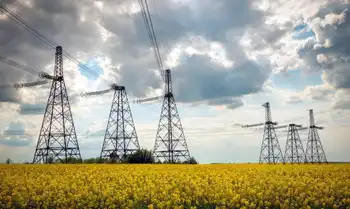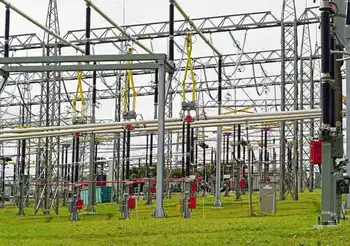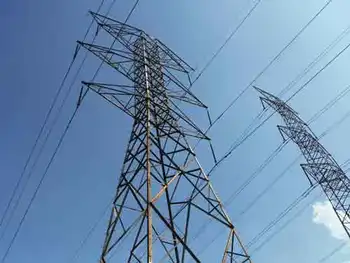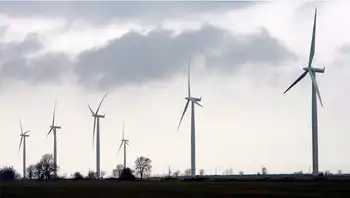National Grid completes power line in Quincy, Massachusetts
- As part of its mission to enhance the resiliency of its electric and gas delivery systems throughout Massachusetts, National Grid recently completed work on a new project to serve the Houghs Neck neighborhood of Quincy.
The $2.1 million project included upgrading power lines from 4,000 volts to 13,800 volts and proactively retiring a substation that could have become prone to flooding as increasingly severe weather continues to threaten the region.
“The Houghs Neck project is a great demonstration of our approach to investing in our infrastructure,” said Marcy Reed, president of National Grid in Massachusetts. “We took a look at our electrical system, forecasted the effects of weather and other factors over the long term, and realized that we can make an efficient investment today that will prevent this from becoming an outage-prone area in the future.”
The support of the City of Quincy was integral to the success of this important project. National Grid worked closely with Mayor Tom KochÂ’s office, city councilors and other officials, as well as the fire department, police, the department of public works and residents to ensure the construction process would cause minimum disruption to the local community.
“In addition to the technological benefit and minimizing the risk for outages, the deconstruction of the Houghs Neck substation removes infrastructure from the flood plain and improves the gateway to our neighborhood,” said Margaret E. Laforest, ward councilor for Houghs Neck.
The project began in the spring of 2013, and will be officially completed when the Houghs Neck substation is retired later this year. Construction of the power line was finished this summer, and customers were successfully switched over to new infrastructure in mid-August.
National GridÂ’s investment in QuincyÂ’s electric network is one example of Connect21, the companyÂ’s overall approach to planning and operating energy infrastructure in the Northeast. National Grid has taken a leadership role in bringing the nationÂ’s electric and natural gas systems into the 21st century through increasingly resilient infrastructure, enabling new technologies to be implemented more quickly and helping customers take control of their energy use.
Related News
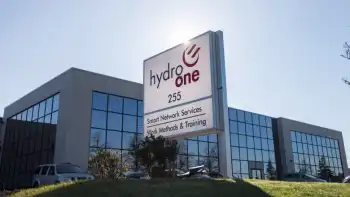
Hydro One extends ban on electricity disconnections until further notice
TORONTO - Ontario's primary electricity provider says it's extending a ban on disconnecting homes from the power grid until further notice.
Hydro One first issued the ban towards the beginning of the province's COVID-19 outbreak, saying customers needed to be able to rely on electricity while they were kept at home during the pandemic.
A spokesman for the utility says the ban was initially set to expire at the end of July, but has now been extended without a fixed end-date.
Hydro One says the move is necessary given the ongoing restrictions posed by the pandemic, as well as persistent hot weather across…

